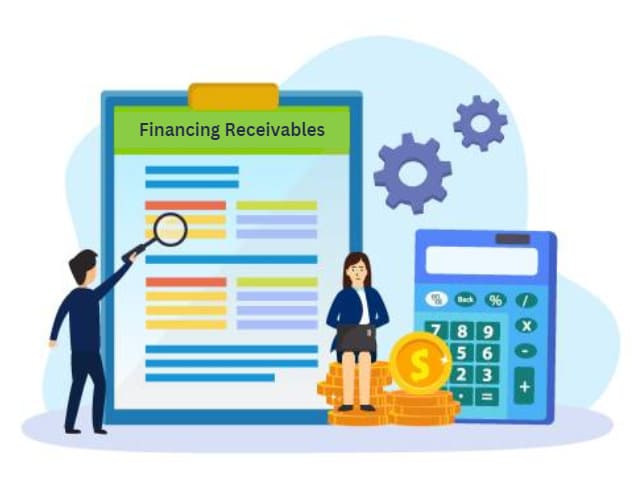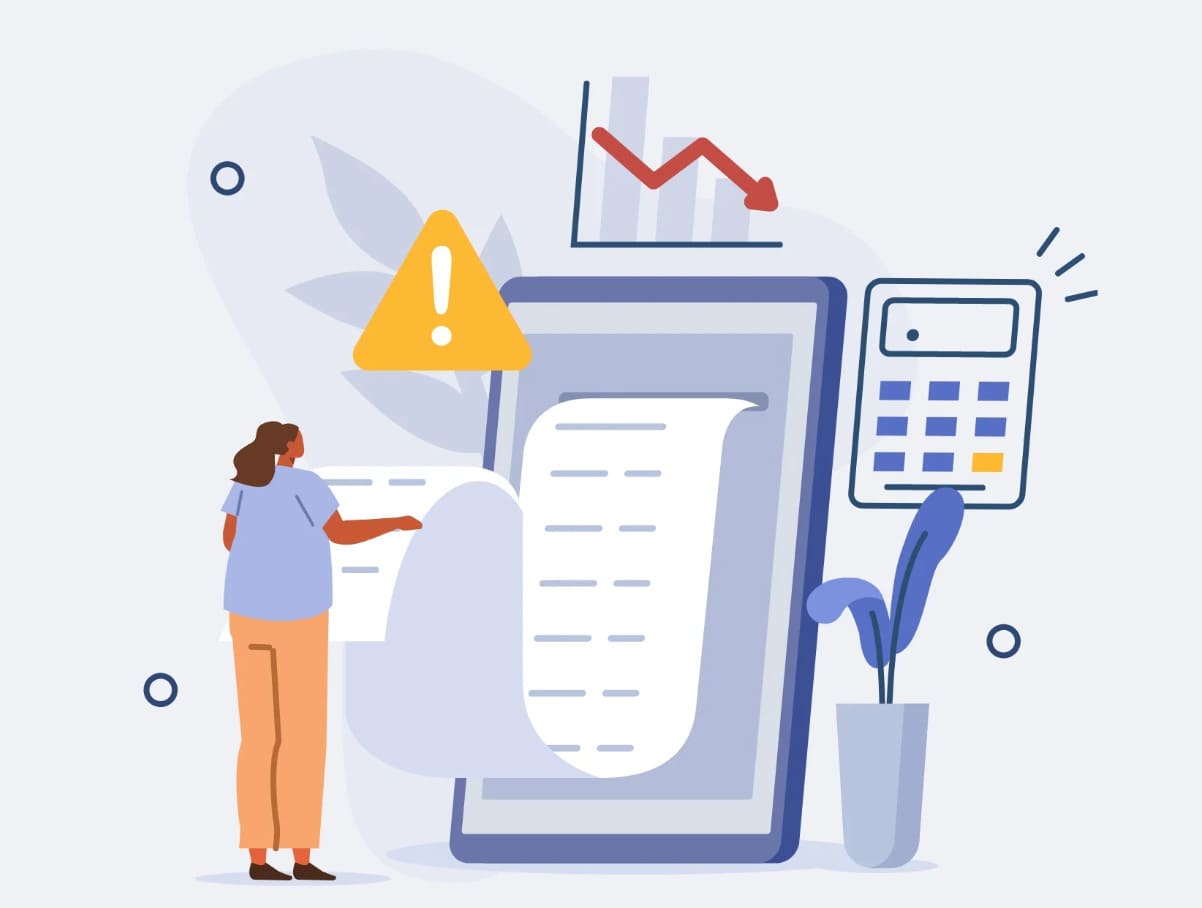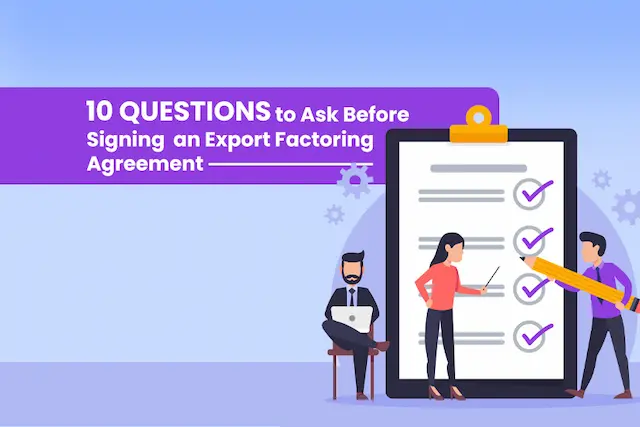In international trade, both importers and exporters follow a standardized process to ship goods between countries. However, this process isn’t always foolproof, and issues like non-payment and non-delivery often arise. To minimize these risks, many traders use a method called documentary collection.
This involves a bank acting as an intermediary to handle the shipping documents and ensure payment is made. By using documentary collection, exporters can ensure they get paid before the importer receives the goods, while importers are assured they will receive the goods they paid for. This method helps create a safer and more reliable trading environment for both parties.
Key Takeaways
-
- Documentary collection involves an exporter’s bank sending shipping documents to the importer’s bank to collect payment for delivered goods.
- While widely used, documentary collection is less prevalent compared to advanced cash payment and open account terms, especially in regions with less reliable contract enforcement.
- There are two types: “Documents against Payment,” where the importer pays the draft amount immediately, and “Documents against Acceptance,” where payment is due by a specified date.
What is a Documentary Collection?
Documentary collection is a trade financing method where an exporter gets paid by an importer through their respective banks exchanging important documents. Here’s how it works:
-
-
-
- The exporter ships the goods.
- The exporter’s bank sends the shipping documents to the importer’s bank.
- The importer’s bank releases the documents to the importer upon payment.
-
-
These shipping documents are essential for the importer to clear customs and take possession of the goods. They typically include a commercial invoice, certificate of origin, insurance certificate, and packing list.
A key part of this process is the bill of exchange or draft, which is a formal request for payment from the exporter to the importer.
According to URC 522/ Article 02, documentary collection involves:
-
-
-
- Financial documents with commercial documents.
- Commercial documents without financial documents.
-
-
This method helps ensure the exporter gets paid and the importer receives their goods smoothly.
Types of Documentary Collection
There are two main types of Documentary Collection:
Documents Against Payment (D/P)
-
-
-
- The importer must pay the full amount specified in the shipping documents to receive them.
- The importer sends the payment to the bank before obtaining the shipping documents.
- This method is common because it reduces risk for the exporter.
-
-
Documents Against Acceptance (D/A)
-
-
-
- The importer agrees to pay by a specified future date.
- The bank releases the documents to the importer once they accept the time draft.
- This method provides the importer with more time to pay.
-
-
Who Issues a Documentary Collection?
The process begins with the exporter submitting their shipping documents to their bank. This bank, known as the issuing bank, then sends these documents to the importer’s bank. Once the documents are received, the importer’s bank handles the payment, transferring the funds to the exporter’s bank. The exporter’s bank then completes the process by transferring the payment to the exporter. This method helps ensure that the exporter receives payment and the importer gets the necessary documents to clear the goods.
When to Use a Documentary Collection?
A documentary collection is suitable under several conditions:
-
-
-
-
- Established Relationship: The exporter and importer have a strong, long-standing partnership.
- Trust in Stability: The exporter trusts the political and economic stability of the importer’s country.
- Risk Management: When selling on open account terms is too risky, and the importer does not want to use a letter of credit.
- Assured Payment: The importer has a proven track record and clear ability to pay.
- Currency Flexibility: There are no strict foreign exchange controls in the importer’s country, ensuring smooth payment transfers.
-
-
-
How Does the Documentary Collection Process Work?
The documentary collection process involves several steps to ensure secure payment for shipped goods. Here’s a simple breakdown:
Step 1: Agreement and Shipment
The seller (exporter) and buyer (importer) agree on the payment terms and shipment details, deciding to use documentary collection. The exporter ships the goods to the port or location for export, often using a logistics company.
Step 2: Preparation of Documents
The exporter’s bank, called the remitting bank, prepares the necessary documents and sends them to the importer’s bank, known as the collecting bank.
Step 3: Notification and Payment
The collecting bank informs the importer that the documents have arrived. The importer’s bank then asks the importer to make the payment.
Step 4: Release of Documents
Once the importer’s bank receives the payment or approves the time draft, it releases the documents to the importer. The importer uses these documents to collect the shipped goods.
Example
-
-
-
-
- Exporter (A) and Importer (B) agree on payment and shipping details.
- A ships the goods to B.
- A’s bank sends the shipping documents to B’s bank.
- B’s bank notifies B and requests payment.
- Once B pays or approves the time draft, B’s bank releases the documents.
- B uses the documents to collect the goods.
- This process ensures that both parties fulfill their obligations securely and efficiently.
-
-
-
Difference Between Letter of Credit and Documentary Collection
Understand a comprehensive difference between Letter of Credit and Documentary Collection in the table below:

Documentary Collection vs. Open Account vs. Cash Against Documents
Here’s a detailed comparison of Documentary Collection, Open Account, and Cash Against Documents in international trade:

Advantages of Documentary Collection
Understand some of the advantages of Documentary collection:
Bank’s Reliable Support: Exporters receive secure assistance from banks in collecting payments, ensuring the reliability of the transaction.
Simple Process: Compared to Letters of Credit (LCs), the documentary collection process is straightforward, fast, and cost-effective, reducing administrative burdens.
Simplified Document Management: Handling of documents is streamlined, making it easier for both exporters and importers to manage paperwork.
Faster Payments: Payments are received more promptly, allowing exporters to access funds quickly and improve cash flow.
Ownership Retained: Until payment is received, the exporter retains ownership of the goods, reducing the risk of non-payment.
Payment Guarantee: Exporters are covered by a payment guarantee, providing additional security for transactions.
Global Business Expansion: Documentary collection facilitates business expansion worldwide, enabling exporters to reach new markets and customers.
Record Maintenance: Exporters can maintain records of overdue collections, helping them track payment statuses and manage accounts receivable effectively.
Cost-Effective: Documentary collection is generally less expensive than LCs, making it a more economical option for international trade transactions.
Monetary Transactions: The process allows for monetary transactions, enabling exporters to conduct business transactions efficiently and securely.
Disadvantages of Documentary Collection
Understand some of the disadvantages of Documentary collection:
Higher Risk of Non-Payment: When payment is stipulated after delivery in the bill of exchange, exporters risk non-payment on the due date, especially if the importer defaults.
Limited Bank Involvement: Banks’ roles are restricted, and payment is not guaranteed. They do not verify shipping paperwork or ensure payment from the buyer.
Strained Cash Flow: If the bill of exchange allows for extended credit terms, exporters may experience cash flow strain, impacting their financial stability.
Foreign Exchange (FX) Risk: From the sale contract to payment receipt, exporters are exposed to FX risk, which can affect the value of transactions and financial outcomes.
In summary, understanding documentary collection, particularly its payment terms of D/P and D/A, is essential for both exporters and importers in international trade. While it offers advantages such as reliable bank support, simplified processes, and global business expansion, there are risks to consider, including non-payment and cash flow strain. However, with careful management and consideration of these factors, documentary collection can be a valuable tool for facilitating secure and efficient trade transactions.
Also Read: Documentary Collection Process In International Trade
In the dynamic world of business, managing finances efficiently is key to ensuring sustained growth and success. One crucial aspect that often takes center stage is the management of receivables – the money owed to your business by customers.
This blog aims to shed light on the strategic use of financing receivables and the impactful practice of vendor financing, offering insights that are both accessible and beneficial to businesses of all sizes.
Financing Receivables:- What is Financing Receivables

Accounts receivable financing is a different way to get money compared to going to a regular bank. Basically, it’s a money move where you borrow cash using the money your customers owe you.
Here’s the deal: if your company is waiting for money to come in, but you need cash ASAP to cover your bills, accounts receivable financing steps in to help. It’s also great for businesses that don’t want to hassle with collecting money from people who owe them. Instead, they can pay a little fee and get the money right away.
In simple terms, it’s like turning the future money you’re expecting into real cash when you need it!
Types of Financing Receivables
Here are different types of financing receivables options that you need to understand:
Collateralized Loan Option
-
-
-
-
- If you have customers who owe you money, you can use these accounts as collateral for a loan from a financing company.
- When your customers settle their bills, you can use that money to pay off the loan.
-
-
-
Invoice Factoring Option
-
-
-
-
- Another way is to sell your accounts receivable to a factoring company.
- With a service known as invoice factoring, the factoring company buys your non-delinquent unpaid invoices.
- They pay you an upfront percentage, called the advance rate, of what your customers owe.
- The factoring company then collects payments directly from your customers, and once the accounts receivable are paid, they keep a small factoring fee and give you the remaining balance.
-
-
-
Advantages of Financing Receivables
Understand some of the benefits of financing receivables to help you make a wiser and informed decision:
Upfront Cash for Unpaid Accounts: With receivables financing, you receive immediate funds for invoices that your customers haven’t paid yet. It’s like getting a cash advance based on the money you’re expecting to receive in the future.
Potentially Lower Financing Costs: The financing rate in receivables financing may be more cost-effective compared to other borrowing options such as traditional loans or lines of credit. This can be particularly beneficial for businesses looking to manage their costs while accessing the necessary funds.
Relief from Unpaid Bill Collection: Opting for receivables financing can lift the weight of chasing down unpaid bills from your shoulders. Instead of spending time and resources on collections, a financing company takes on this task. It allows your business to focus on its core activities while ensuring a steady flow of working capital.
Ideal for Cash Flow Challenges: Receivables financing is a great solution for businesses facing cash flow issues. Whether you’re waiting for payments from customers or need quick funds to cover operational expenses, this option provides a flexible and accessible way to address cash flow gaps. It’s suitable for a variety of companies, regardless of their size or industry, offering a lifeline during financially challenging periods.
Disadvantages of Financing Receivables
Understand some of the cons of financing receivables to help you make a wiser and informed decision:
Requirement of Outstanding Invoices: To benefit from receivable financing, your business must have outstanding invoices, meaning customers owe you money. This financial option leverages these accounts receivable as assets that can be used to secure a loan or sell to a factoring company.
Importance of Clear Terms for Unpaid Accounts: Keeping clear and accurate records of the terms associated with unpaid accounts is crucial. This includes documenting when payments are expected, the amounts owed, and any specific conditions. Maintaining meticulous records is essential for the smooth process of receivable financing, ensuring transparency and accuracy in the transactions.
Impact of Credit History on Qualification: Qualifying for receivable financing may depend on your business’s credit history. If your business lacks a stable credit history, it could pose a challenge in accessing this form of financing. Lenders or factoring companies often assess the creditworthiness of a business before extending receivable financing. Having a stable credit history enhances your eligibility and may lead to more favorable terms. It emphasizes the importance of maintaining good financial standing to maximize the benefits of receivable financing.
Vendor Financing:- What is Vendor Financing?

Vendor financing, also known as supplier financing or trade credit, is a financial arrangement where a company obtains funding or extended payment terms from its suppliers. In this scenario, the vendor, or the supplier of goods or services, plays a crucial role in providing financial support to the purchasing company.
It’s a smart move when you’re buying a lot of big stuff. If you’re getting things like inventory for a store, computers, vehicles, or machinery, talk to your suppliers about financing deals. It’s like making a deal to pay for these things over time instead of all at once. This helps you avoid running low on cash and gives you the chance to grow your business while paying for the equipment. It’s a win-win!
Also Read : What Is a Vendor? Definition, Types, and Example
Benefits of Vendor Financing
Understand some of the benefits of vendor financing to help you make a wiser and informed decision:
Equipment Purchase without Upfront Payment: One big advantage of vendor financing is that it lets you buy the equipment you need without having to pay for it all upfront. Instead of emptying your wallet in one go, you can work out a deal with your vendor to spread the cost over time. This means you can get essential equipment for your business without a hefty immediate expense.
Preservation of Cash for Emergencies: By using vendor financing, you’re able to keep more cash on hand. This is crucial for dealing with unexpected emergencies or opportunities that may come up in your business journey. Preserving your cash flow provides a financial safety net, allowing you to handle unforeseen challenges without disrupting your day-to-day operations or long-term plans.
Also Read: How to Use Vendor Financing to Buy a Business?
Disadvantages of Vendor Financing
Understand some of the cons of financing receivables to help you make a wiser and informed decision:
Extended Payment Period: One downside of vendor financing is that your payments might stretch out over a long period. While this eases the immediate financial burden, it could mean you’re committed to paying for the equipment over an extended timeframe. This extended payment period may limit your financial flexibility and tie up resources that could be used for other business needs.
Risk of Equipment Retrieval: If you fall behind on your payments, there’s a risk that the vendor could take back the equipment. This is a significant concern because it means not keeping up with your agreed-upon payment schedule could result in losing the very equipment your business relies on. It emphasizes the importance of carefully managing your financial commitments to avoid potential disruptions to your operations.
Distinguishing Accounts Receivables Finance from Accounts Receivable Factoring
Navigating the world of turning accounts receivables into immediate cash flow can be a game-changer for businesses in need of quick funds. While both services share the common goal of providing timely financial solutions, it’s essential to understand their fundamental differences:
Nature of the Transactions
Accounts Receivables Finance (Invoice Financing)
Think of this as a loan. Your business uses its outstanding invoices as collateral to secure a loan. It’s a financial arrangement where you borrow against the money your customers owe you, providing a flexible solution to bridge financial gaps.
Accounts Receivable Factoring
In contrast, factoring involves the outright sale of your receivables. Factoring companies become the owners of the current asset – your unpaid invoices. They pay you a portion upfront (known as the advance), and then they collect the full amount directly from your customers.
Roles of the Service Providers
Factoring Companies
Factoring companies act as buyers of a business’s current assets, taking ownership of the accounts receivable. They assume the responsibility of collecting payments from your customers.
Accounts Receivable Financing Companies
On the other hand, companies providing accounts receivable financing act as financiers or lenders. They extend a loan to your business, using the outstanding invoices as collateral, without taking ownership of the receivables.
Scope of Application
Accounts Receivable Factoring
Factoring is specifically tailored for commercial financing. It is a solution designed for businesses looking to optimize their cash flow by selling their unpaid invoices in commercial transactions.
Final Words
In the world of business, managing finances wisely is the key to success. Whether it’s unlocking cash through accounts receivables financing or securing equipment with vendor financing, these financial tools offer both opportunities and considerations. Accounts receivables financing turns future money into immediate cash, ideal for addressing cash flow challenges.
Vendor financing, on the other hand, lets you spread the cost of essential equipment, preserving cash for emergencies. While each has its advantages, it’s crucial to weigh the pros and cons. Whether you’re considering accounts receivables financing or vendor financing, understanding these financial strategies empowers you to make informed decisions, propelling your business toward sustained growth and financial resilience.
Credlix is becoming a big player in helping businesses with money. We want to make small businesses stronger, so we offer really good financing solutions made just for them.
Also Read : What Is a Vendor? Definition, Types, and Example





